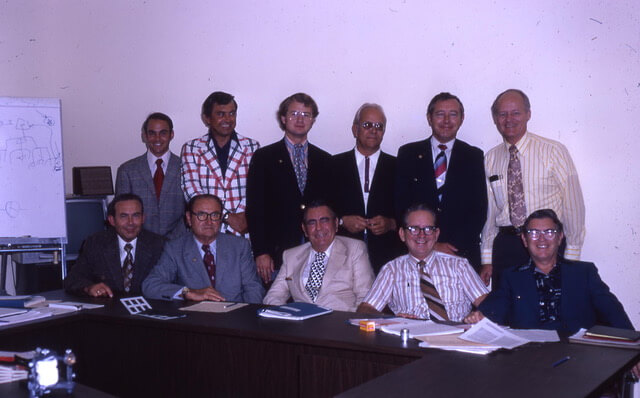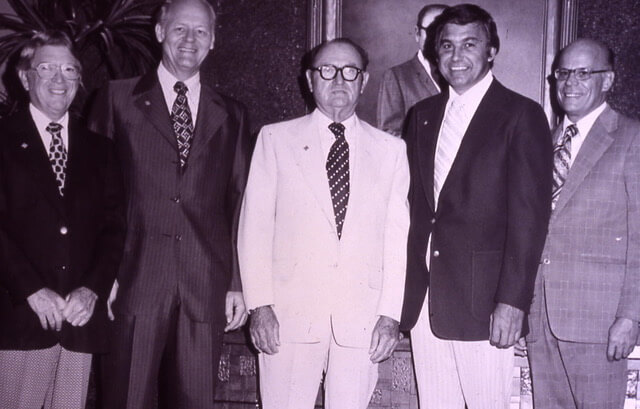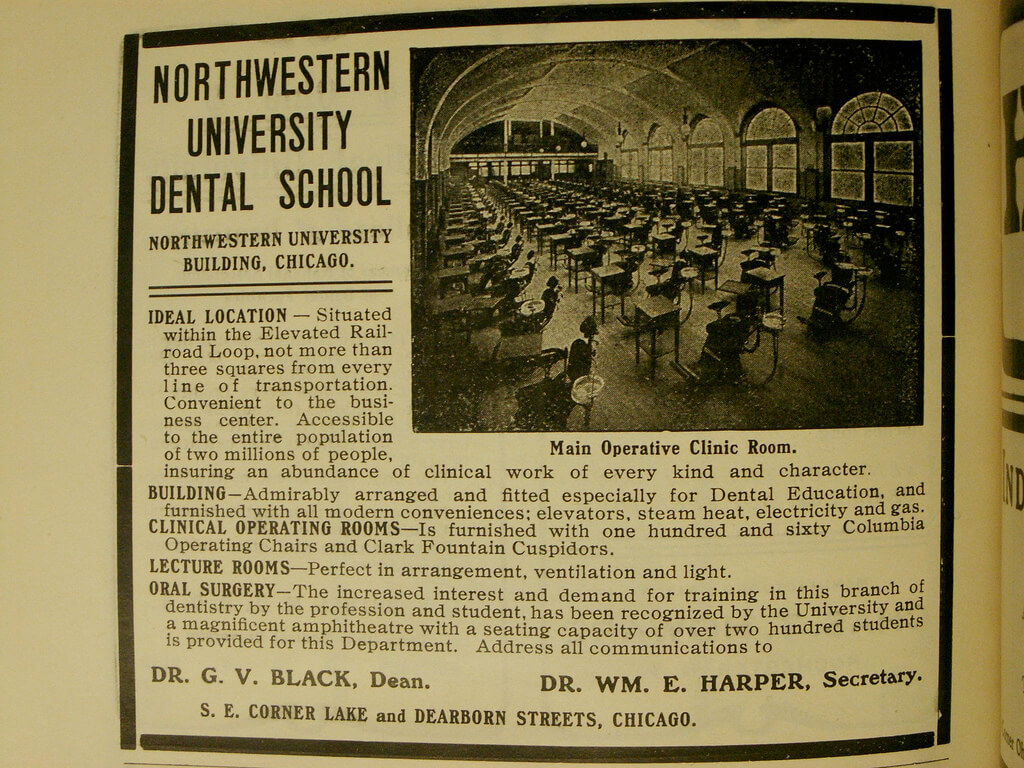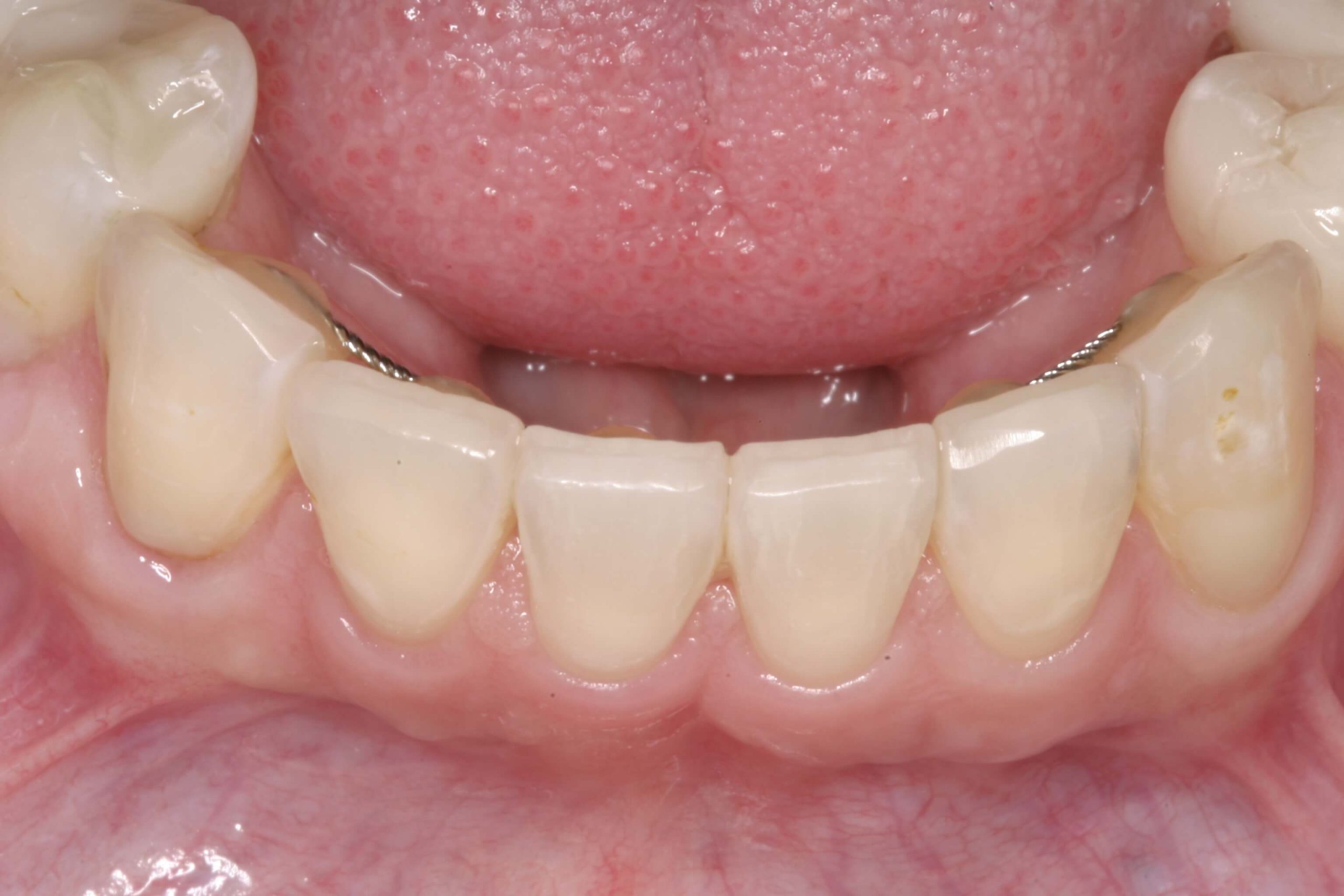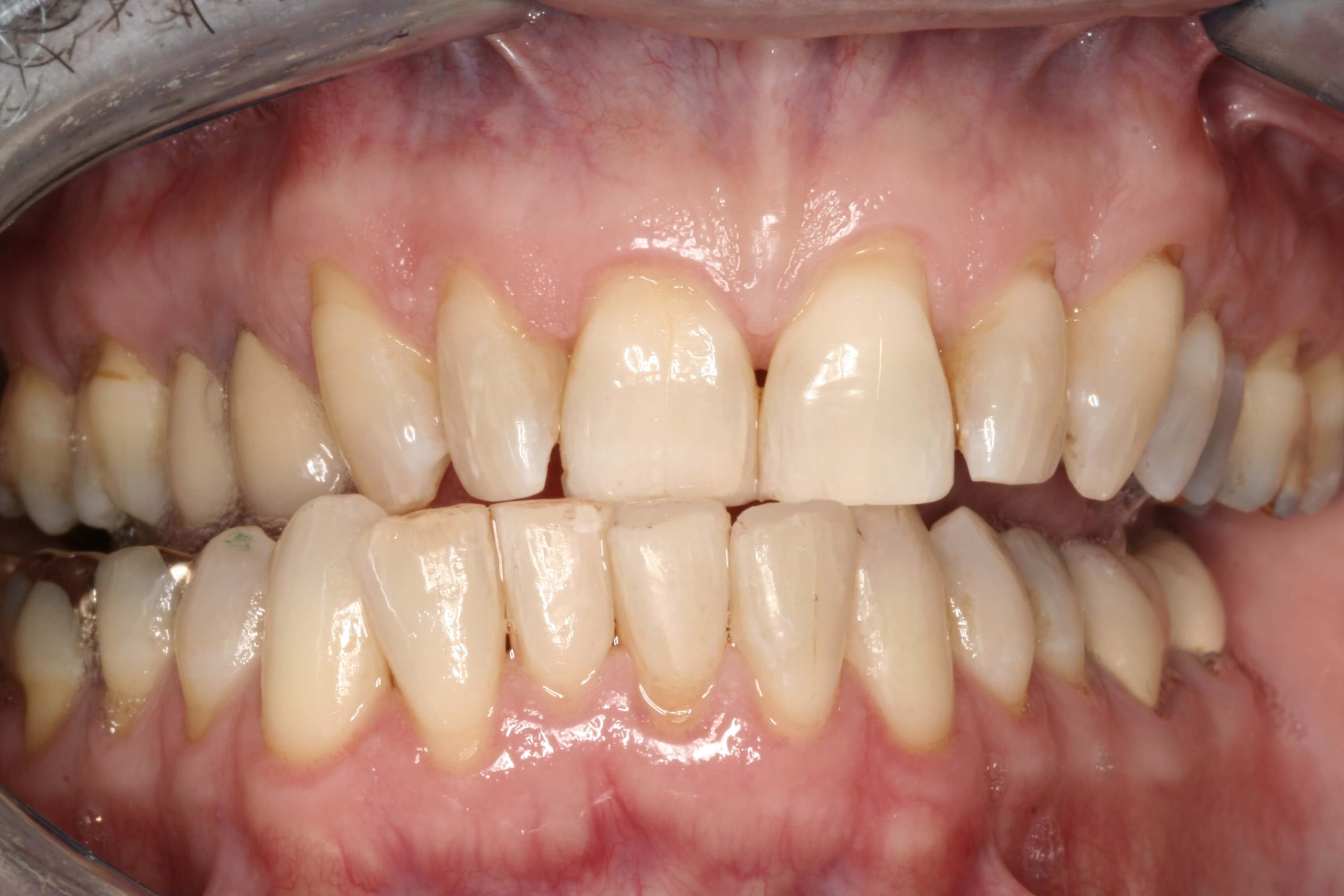Self-Discovery During Social Distancing
It may not be this week. It may be next before you have a practice continuation plan in place and have communicated fully with your team and patients. When you do find you have some time, I encourage you to sit back and think about everything you have experienced over the last month and what new learning you have discovered. Then reach out to colleagues and talk over your learning. Continue sharing with each other throughout this time of social distancing.
I am mindful of a quote from Carl R. Rogers: “The true wonder of learning is discovering for yourself.”
Starting out in my career, I felt well trained technically, yet I must have subtly believed I was a “hardware” salesperson. Or, maybe it had to do with my tendency to be introverted. Whatever the reason, I found it easier to talk “hardware and technique” than to listen well and then help patients clarify their health objectives and the benefits they were seeking in their dental health care experience.
I went to a workshop led by Carl R. Rogers titled Client-Centered Therapy. This workshop was significantly different than any of my previous educational experiences. It was a participatory experience. It took some time for me to assimilate his educational concepts into my life and practice, and I noticed right off that I had retained more from a workshop experience and could apply my understanding of what I had learned. When I returned to my office, I attempted to create a participatory learning experience for my patients. I learned from these early attempts more about learning and witnessed behavioral changes in myself and my patients.
I sought out many other workshops at this time in my life. One was Parent Effectiveness Training, facilitated by a local devotee of Dr. Thomas Gordon. Then, I became reacquainted with Dr. Karl Olson, the retired President of North Park University where I had done my undergraduate schooling prior to going to Northwestern University Dental School.
Olson had joined forces with Bruce Larson and Heidi Frost of Faith-At-Work and created The Leadership Training Institute, which focused on discovering your leadership potential through three separate weeks of “experiential learning.” The first week was focused on Know Yourself, the second-week focus was Know Yourself in a Small Group, and the third-week experience was focused on Designing Small Group Experiences for Others. Each of these three weeks was separated by six months of intentional application and reflection, which created a powerful learning period of discovering myself.
From my point of view, there is nothing more rewarding than a learning experience in which one can become aware of one’s own learning in “the moment” or upon reflection. So, now that you have been thrust into participating in Knowing Yourself, your practice, your team, and your patients on a new level where there is a concern for everyone’s safety and wellbeing on an elevated scale take time to reflect on what you learned in “special moments” of the past month.
Are any of your discoveries blog-worthy to stay in communication with your patients? They will appreciate your personal “touch.”
Making a comment in response to this blog is one way you can encourage a “continuing conversation” of Pankey participants’ “new awarenesses.”
Related Course
E1: Aesthetic & Functional Treatment Planning
DATE: July 17 2025 @ 8:00 am - July 20 2025 @ 2:30 pmLocation: The Pankey Institute
CE HOURS: 39
Dentist Tuition: $ 6800
Single Occupancy with Ensuite Private Bath (Per Night): $ 345
Transform your experience of practicing dentistry, increase predictability, profitability and fulfillment. The Essentials Series is the Key, and Aesthetic and Functional Treatment Planning is where your journey begins. Following a system of…
Learn More>








